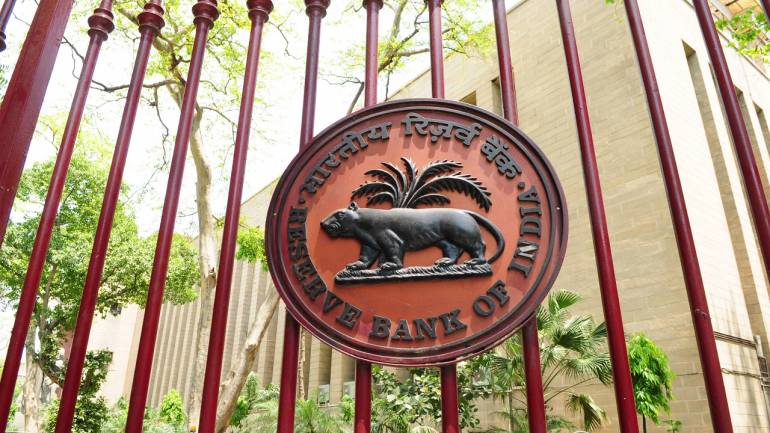There is all round criticism that the RBI should have supervised banks better
Latha Venkatesh
The rise in non-performing loans and the Nirav Modi scam has led to a free-for-all in the political mud slinging. But the RBI, given the nature of its role must be spared the innuendo.
Firstly, the Reserve Bank (RBI) is a reluctant gold regulator. It does not deal much with bullion trade. RBI understands the government securities and foreign exchange markets. It is itself a trader in and regulator of these markets; also it regulates banks which are big players in these markets. RBI is not similarly placed with respect to bullion. By law, it cannot trade in gold nor even buy in the secondary market. The only time RBI bought gold was in a primary market sale from the IMF in 2010. In fact, the RBI doesn’t even have a gold department. It became the accidental implementor of the government’s gold policies in the 2013 taper tantrum crisis.
Secondly, when the rupee started sliding in July 2013 following the US Fed’s decision to tighten dollar supply, India’s biggest handicap was its massive current account deficit of 4.8 percent in the year ended March 31, 2013. It was imperative to bring down imports and the obvious choice was to control gold imports. It is not possible for the country to come down heavily on, say crude imports or machinery imports. Also, gold imports had risen sharply in FY13 and was the single biggest reason for the unsustainable current account deficit. The fact that controlling gold imports would increase smuggling was known to one and all. RBI, under Dr Subbarao, sources tell us, was also unhappy with the 80:20 scheme, but had to acquiesce to the government’s demand given the run on the rupee. Likewise, the next governor, Raghuram Rajan, was unconvinced of the FCNR scheme that was designed to attract dollars by offering NRIs an attractive return. But both governors agreed to the government’s schemes because something had to be done to shore up the sagging confidence in the rupee. The ruse worked and by December 2013 the rupee started recovering. On the hindsight, it is possible to pick a zillion holes in both the gold control and the FCNR schemes but in the trying months of 2013 it was not possible to wait for a perfect plan.
By February 2014, as the election surveys started pointing to a victory for the BJP and chances of a stable government, the rupee strengthened. From February to May, it rose from 62 to 60 per dollar i.e. by 3.5 percent and on May 15 and 16, i.e. in just 2 days, it rose from 60 to 58 per dollar, i.e. by a further 3.5 percent. It is possible given that appreciation, the RBI and government were worried about Indian exports getting noncompetitive. It is possible the RBI agreed to liberalization of gold imports on May 21 to smother the strengthening of the rupee.
The bullion traders were right in criticizing the 80:20 scheme from the start i.e. from July 2013. But few had any alternative suggestions to bring down the current account deficit. The new BJP government that took office in May 2014 also did not immediately abolish the 80:20 scheme. It waited another six months till Nov 2014. In the intervening period, according to the Congress, the then commerce minister Nirmala Sitharaman had even defended the scheme in Parliament. There was a reason for the defence. Both government and RBI wanted to be sure that the current account deficit will remain manageable.
The problem with the BJP’s attacks on the UPA for liberalizing the 80:20 scheme and the UPA’s reply in attacking Nirmala Sitharaman is that on hindsight everyone forgets the psyche of policy makers in 2014, when India had just recovered from the taper tantrum and no one wanted to take chances.
Thirdly, the liberalized permission to import gold was granted to a class of importers who are identified as star or premier by the government (not RBI) based on their export record over many years. The favoured status was not granted by singling out people.
Fourthly, as data now shows, the tainted Gitanjali Gems imported the least amount of gold compared with other Star Trading Companies.
Fifthly, the Nirav Modi-Choksi team manipulated bank rules to get credit for diamonds, not gold. Even if the 80:20 scheme was a terrible one, it has no connection to the misuse of bank rules by the duo.
Sixthly, the 80:20 scheme may have had many holes, but it worked. Both gold imports and the current account deficit cam down.
There is all round criticism that the RBI should have supervised banks better. Again to be fair to RBI, it had warned banks on three occasions in 2016 and 2017 to connect the SWIFT system to their core banking systems. It had also alerted them to strictly scrutinize SWIFT messages. In the hindsight, it is clear RBI should have ensured its instructions were implemented by the banks.
That said, the RBI is the first and only line of defence when the country is in a foreign exchange crisis. It will necessarily have to take steps quickly and in real time. Such steps will benefit some and hurt others. To hurl innuendos at the central bank on hindsight, is not just unfair but also dangerous. Given the inevitable rise in interest rates globally and an incipient tariff war, there can be crises emanating from the global arena. At such times one needs the RBI to remain resolute and take quick steps to ward off these crises. It can’t do that if there is politicized dissection on hindsight.
In the next 12 months political mud-slinging will reach a feverish pitch. But in the country’s interest all parties, media included, must keep institutions like the RBI out of the slugfest.





